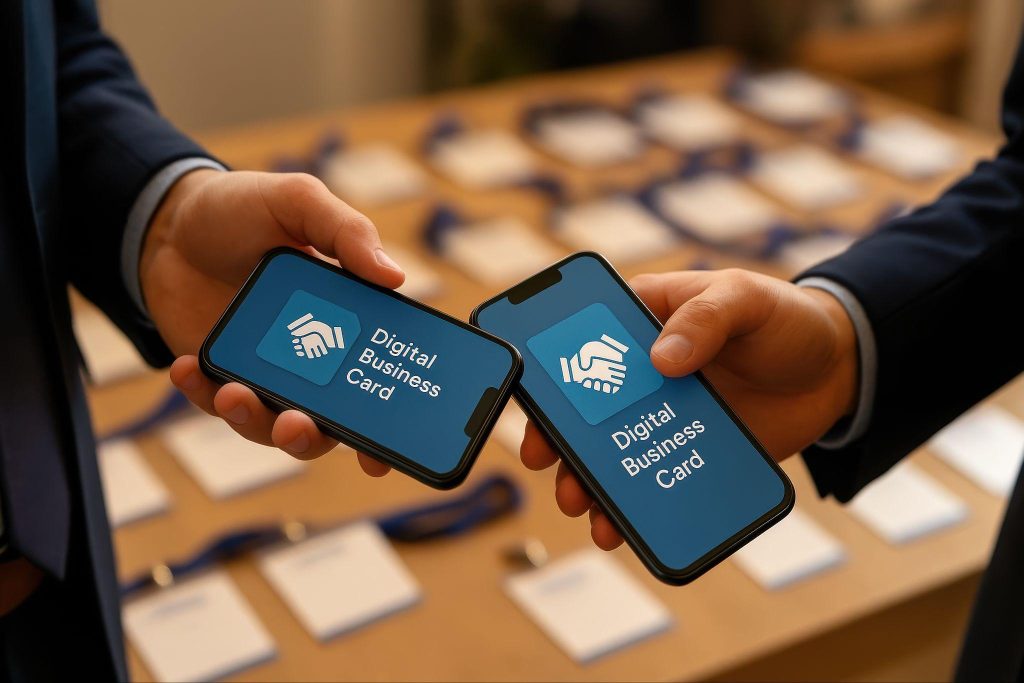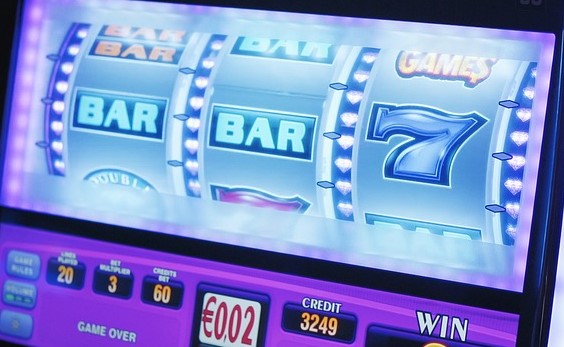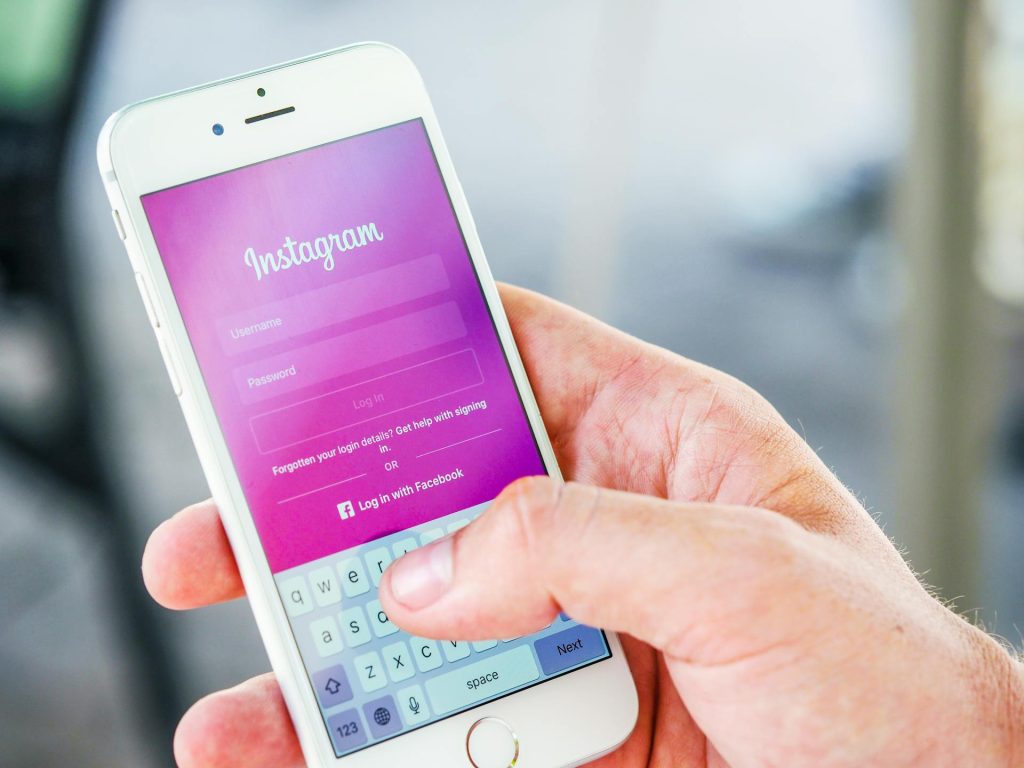Professionals meet people in many different settings, from a quick conversation in the hallway to a crowded networking event. Having a reliable way to share contact info helps keep those moments from being remembered later. Digital business cards make this easier because they work on devices people already use daily. They also prevent the usual problems tied to paper business cards, such as outdated details or limited space.
As more companies move toward virtual business card systems, the advantages are becoming more obvious.
1. Easy to Update Without Any Hassle
One of the biggest advantages of a digital or virtual business card is how quickly it can be updated. A change in job title, a new phone number, or a revised website no longer means throwing away old cards. With a few taps, everything—from social media profiles to design preferences—can be refreshed. This flexibility helps professionals who juggle multiple roles or shift positions often.
The ability to update instantly also means the cardholder never has to reprint or restock cards. Every person who receives the card always sees the correct information, whether it includes new social media links or updated contact info for marketing platforms.
2. Sharing Takes Only a Second
Sharing a digital card is quick because it fits naturally into everyday interactions. Instead of digging for paper business cards, the card can be shared by texting a link, using an NFC tag, or displaying QR codes on a phone screen. At a busy networking event, this saves time and avoids awkward delays. It’s no surprise that digital business cards ranked highly in many industry roundups for their simplicity and speed.
Digital contact sharing also makes sense during virtual events where physical cards can’t be exchanged. Since the recipient receives everything on their device, the risk of losing information is minimal. It keeps the process simple and smooth for both sides.
3. Contacts Don’t Get Lost or Mixed Up
Paper cards often end up in drawers, bags, or between notebook pages. Digital cards remove that problem by storing details in one place. Many platforms offer scannable features that let attendees save information instantly. Some even allow notes like “met at conference” or “asked about pricing,” which helps during automated follow-ups.
Digital cards also connect easily with broader systems. For example, they can sync with CRM tools or marketing platforms to keep contacts organized. This is especially useful for professionals who attend several events and want a record they can review later.
4. A More Polished Professional Impression
A well-made digital card can improve someone’s professional image far more than a basic printed one. Modern business card design tools let users create layouts that feel clean, consistent, and aligned with the brand. People notice when the presentation looks thoughtful.
Digital cards also allow additions that paper business cards cannot support. These include multimedia content like short videos, links to social media accounts, direct booking pages, or portfolios. These elements help someone understand your work without needing extra searches or emails. It’s a more complete introduction that still feels simple to navigate.
5. No Reprinting Costs and Fewer Materials
Printing new cards every time a detail changes is both inconvenient and expensive. Digital cards remove repeated printing altogether, which reduces long-term costs. This matters for small teams and independent professionals who want to keep budgets tight.
There’s also the environmental impact to consider. Since digital cards require no paper or ink, they reduce waste and help online businesses operate more responsibly. For some clients, choosing a more sustainable option sends a positive message about your values.
6. Better Security and Less Risk of Misplaced Details

Digital cards can offer better protection than printed ones because they are stored securely on a device. Many platforms include basic security measures like controlled sharing, limited-access links, and optional password protections. This helps keep contact info, social media platforms, and other personal details safer.
Another benefit is that information doesn’t get left behind. Paper business cards can be misplaced or viewed by unintended people, but digital cards stay tied to the recipient’s device. It gives both parties more control over how information is handled.
7. More Room for Useful Information
Printed cards leave very little room for detail, but a virtual business card can include everything someone needs without feeling cluttered. This might include links to social media platforms, booking pages, product catalogs, or full social media accounts. Adding multimedia content makes the experience more engaging and provides a clearer picture of your work.
Interactive elements make communication even easier. Someone can tap a button to call, start a chat, or open a page without manually typing anything. Having all these options in one place creates a smoother experience from the first introduction.
8. Follow-Ups Become Easier and More Natural
After meeting someone, staying connected is what turns a conversation into an opportunity. Digital cards help because the details are already stored and easy to access. Sending a message after a networking event or virtual event feels more natural when the card is saved on the device.
Some platforms even support automated follow-ups, which can gently remind a new contact about your services or send them helpful information. Even without automation, organized contact sharing makes it easier to reach out at the right time and keep communication clear.
9. Works Well Across Different Devices
Digital business cards work smoothly on nearly any device, which makes sharing easier in different situations. Whether someone opens the card on a phone, tablet, or laptop, the layout stays clear, and the links work properly. This helps during a networking event or virtual events where people switch between screens. Features like QR codes and social media links remain functional no matter what device is used.
This consistency also supports different communication habits. Some contacts prefer email, others use social media platforms or direct messaging. A digital card keeps all contact info and social media accounts in one place, so each person can reach out in the way that suits them best. It creates a simple experience that supports smooth contact sharing without technical issues.
Conclusion
Digital business cards give everyday professionals a reliable and modern way to share contact info and stay connected. They adapt quickly to changes, simplify sharing, and eliminate the clutter that comes with paper business cards. Their scannable features, multimedia tools, and smoother follow-up options offer more value than traditional methods. They also reduce environmental impact and remove the need for constant reprints. For anyone looking to upgrade their networking efforts, a virtual business card offers a polished, practical solution that fits today’s communication habits.




















